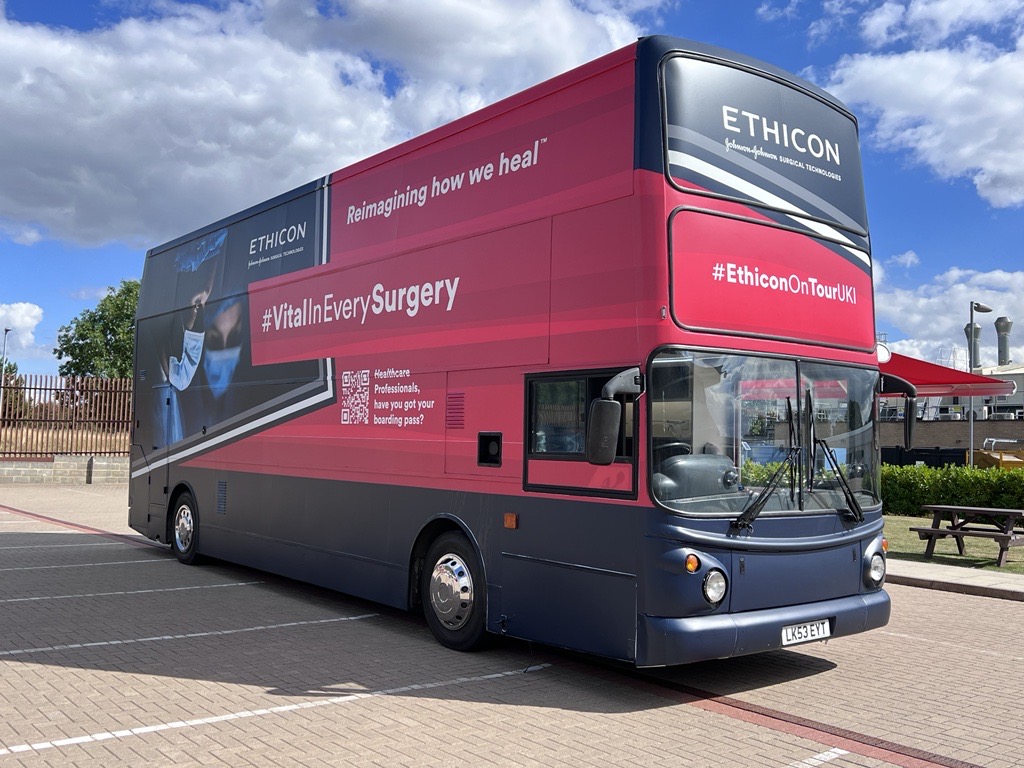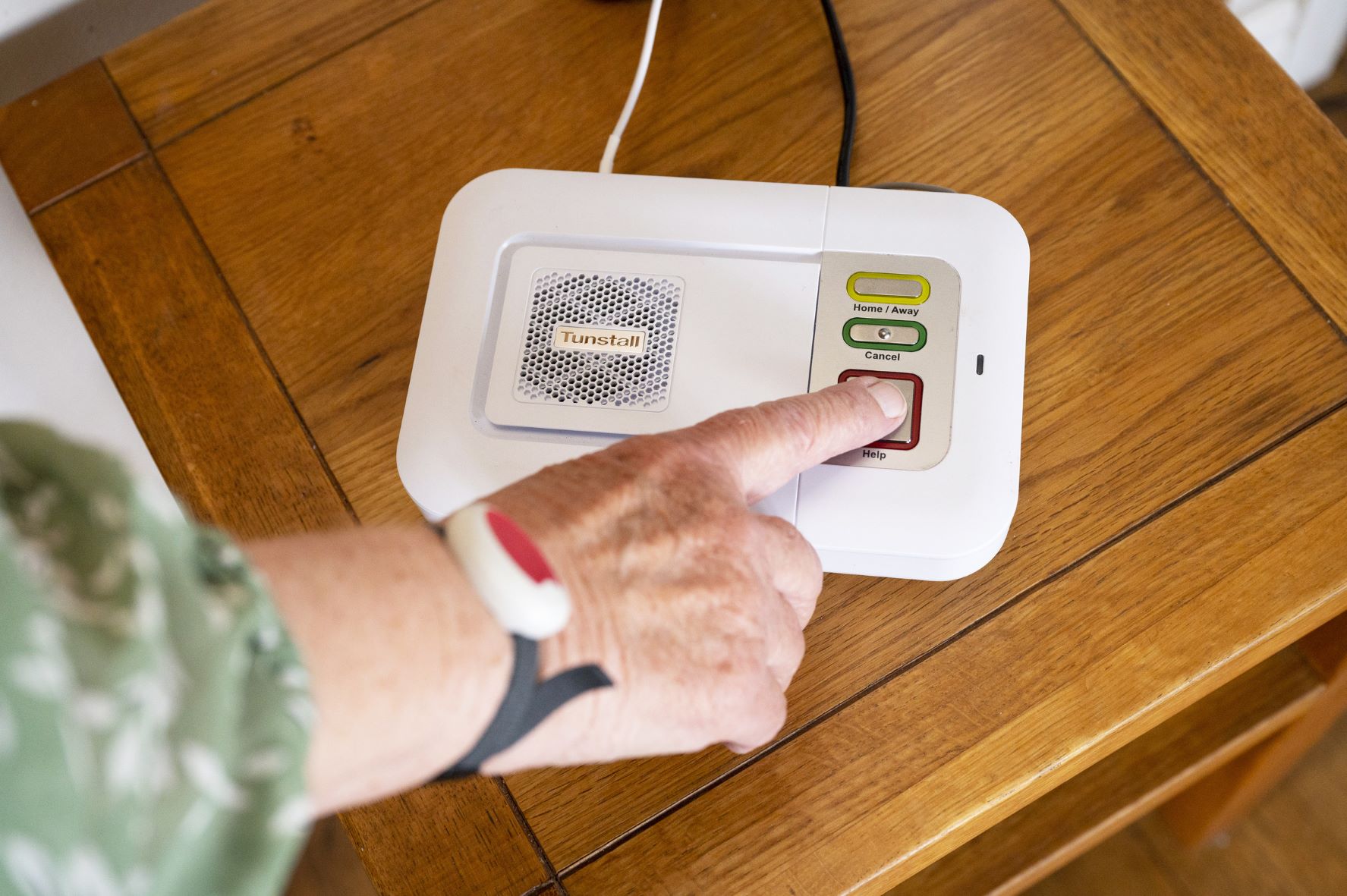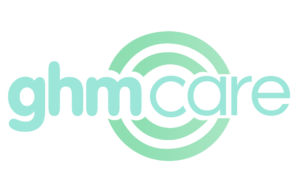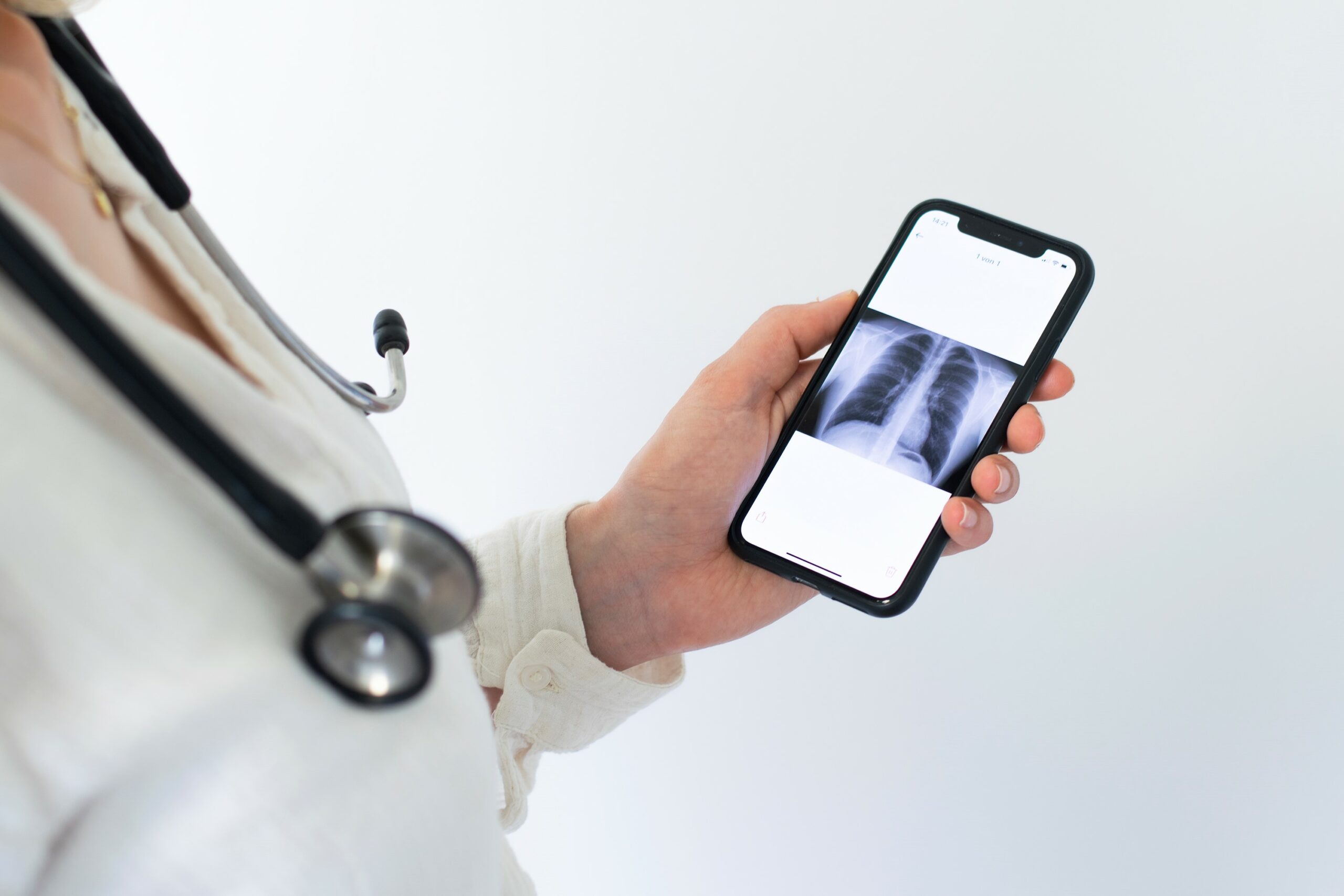Building sustainable ICS staffing to weather the workforce crisis

The advent of integrated care systems (ICSs) across the NHS marks an invaluable opportunity to facilitate greater collaboration, efficiency and more joined-up care for patients.
To be successful, this period of transformation needs to be underpinned by a strong, comprehensive workforce strategy that enables staff to be flexibly and safely deployed in line with fluctuating demand.
Amid present staff shortages and rising waiting lists, and with pressures set to grow over winter, this is, unsurprisingly, no easy task for organisations. As managers rightly address these immediate challenges, it’s understandable that little time or capacity is left to support broader workforce transformation. Yet the benefits of a transition to more collaborative ICS-wide staffing have the power to tackle these same challenges in the long-term.
While it may seem like another hurdle for teams who are already facing extreme pressure, there are a number of ways that ICSs can reap these benefits, without compounding workloads or piling additional pressure on staff. Throughout my time working closely with NHS organisations to tackle various workforce challenges, I have found the following steps essential to successfully enabling truly collaborative staffing. I believe they are also the key to unlocking a more sustainable, long-term workforce strategy.
Harnessing the power of collaborative temporary staffing
Temporary staff are crucial to the successful running of an ICS, helping to plug any gaps in rotas across the region. However, currently, when organisations are unable to source clinicians from their own internal staff bank, they must often turn to more costly external agencies to fill vacant shifts. Instead, by building a collaborative network of approved temporary clinicians, organisations can seamlessly tap into a much larger and more flexible contingent workforce from which to reliably fill shifts.
The key to effectively leveraging a collaborative staff bank is enabling compliant digital passporting for all participating clinicians. This means approved workers can passport their credentials across different participating organisations, without having to repeat compliance or background checks. As a result, they can more easily work across a number of different sites and locations and be deployed effectively in line with demand throughout the ICS.
Increasing data oversight
In order to reliably plan ahead, identify staffing gaps and deploy staff where most needed, access to comprehensive data insights is crucial. This means not only enabling managers to view data from within their own organisation, but granting access to pan-regional workforce data from across the entire ICS.
Dynamic data reporting, which provides timely, granular insights into organisational performance, can help measure the success of workforce planning, enable targets to be reliably met and pinpoint areas where improvements can be made. Individual organisations should be able to assess their own performance data and compare this with others in their region. With clear visibility over regional shift fill rates, workforce spend and staffing trends, it becomes easier to identify areas for improvement, while harmonising pay rates and maintaining safe staffing levels in a truly collaborative manner.
Introducing more flexible rostering
When it comes to rostering, the current systems at managers’ disposal are often slow, outdated and require large amounts of manual input. Introducing more streamlined, digital systems which can safely provide staff with greater flexibility and predictability, while reducing the admin burden on managers, can help open the door to more effective ICS-wide rostering in the future.
Rostering clinicians based on skillset rather than title or grade will allow managers to deploy staff more effectively, in line with patient need. This will also give staff the flexibility to safely work in a wider range of roles, in different locations across the ICS, and to access wider professional development opportunities. These are all essential to helping boost retention.
Meanwhile, multi-organisational rostering could begin to allow more efficient deployment of staff to areas of highest need across the ICS. This makes it easier for managers to reliably plan ahead and gives staff greater control over where they work, in line with their personal and other professional commitments.
Prioritising system integration
System integration is a fundamental prerequisite to the success of every single one of these steps. If the systems being used to organise staffing within different organisations are unable to communicate or share data with each other, genuine collaboration will remain out of reach.
When introducing new workforce management systems, organisations should prioritise those which are fully integrated or interoperable, enabling managers to directly share workforce data, rota planning and temporary staffing networks with other organisations throughout the ICS. This reduces the need for manual data input, minimising admin for managers and speeding up the transfer of vital data and information.
As a result, organisations will be able to collaborate in real-time and deploy staff to the most appropriate services in line with evolving ICS-wide demand.
To reap the full rewards of ICS working, facilitating a collaborative, flexible workforce is vital. This transition does not have to be costly, nor add additional burden to managers or organisations. By working together and implementing these four key areas of change, we can lay the foundations for strong, collaborative ICS-wide working, built to weather the challenges which lie ahead.












